Table of Contents |
We learned in previous tutorials that biomes are areas of Earth with similar climatic conditions, plant life, and animal life. The primary characteristics of a biome are its level of precipitation and range of temperature.
The next key term is biodiversity, which is the number and relative abundance of species in a given area.
The last key term for this tutorial is biomass, which is the total weight of plants, animals, and other organisms in a given area.
All three are important concepts for today's topic. There are a wide variety of biome classifications, as you can see in the biome map below. This tutorial will cover six main categories.
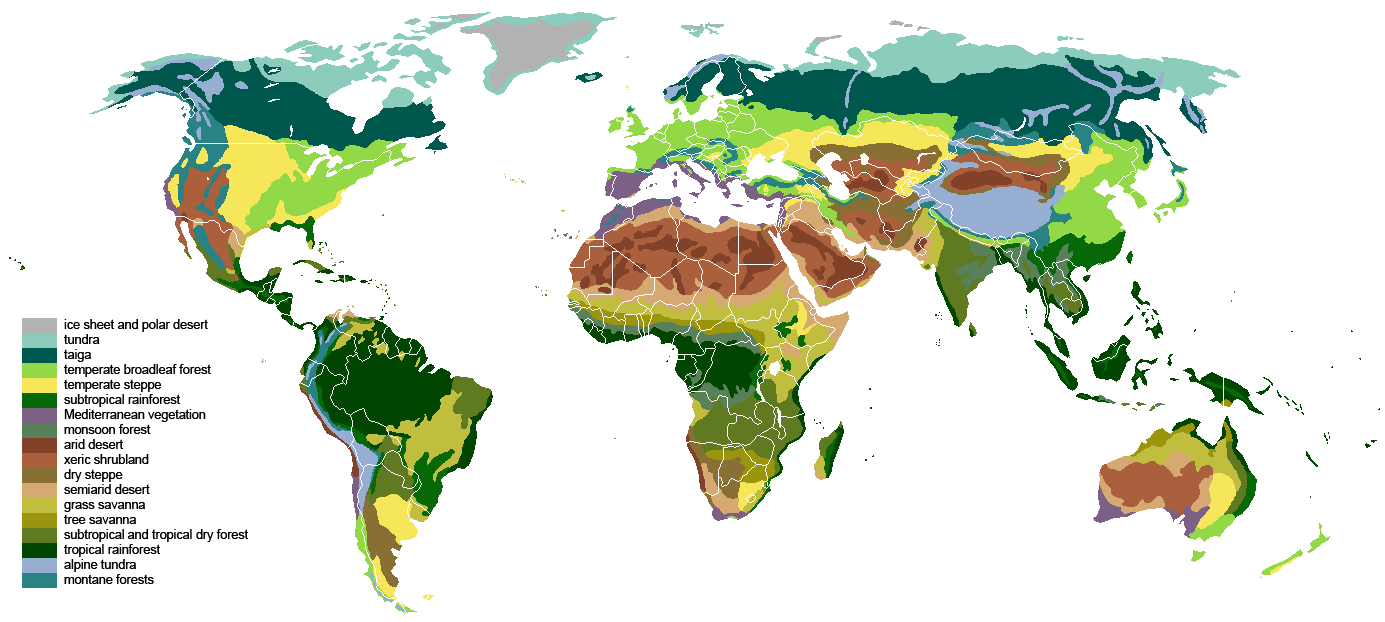
In the following sections, we are going to discuss the six main types of biomes.
The first biome type, shown in the map below, is tropical rainforest. Tropical rainforests are hot and humid and generally appear near the equator. They have high levels of both biodiversity and biomass. Vegetation grows in different layers going up, so various forms and groupings of life exist at each layer. Because rainforests tend to be so dense, the top canopy layers receive the most sunlight, while the forest floor receives very little.
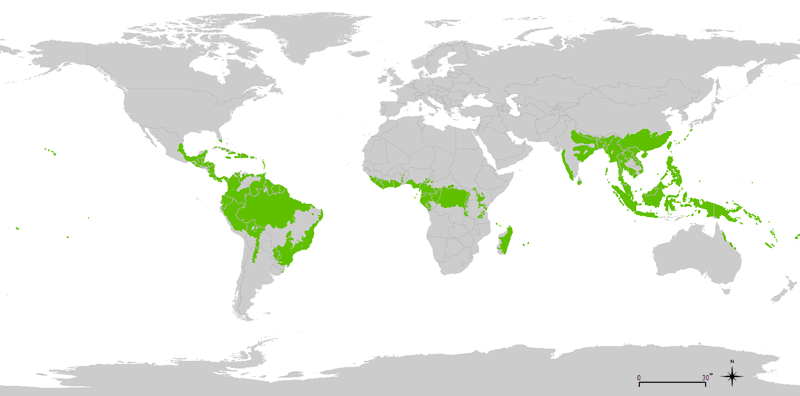
Temperate forests receive less rainfall than tropical forests and are generally cooler. They are filled with deciduous trees that can lose their leaves in autumn and go dormant in the winter, though there are evergreens in the mix as well. They are found in temperate zones in both hemispheres and experience the four seasons.
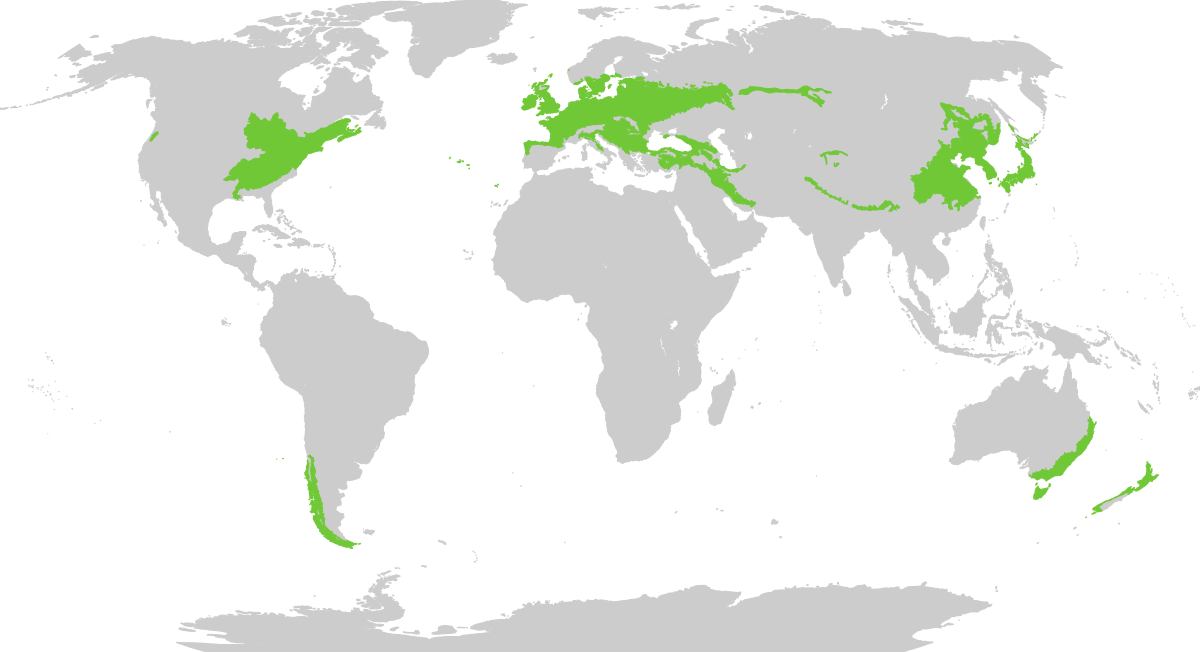
The taiga biome is filled with cool conifer tree forests in the northern hemisphere. Many of the animals in this biome hibernate during the long, cold winters. The growing season tends to be short as well.
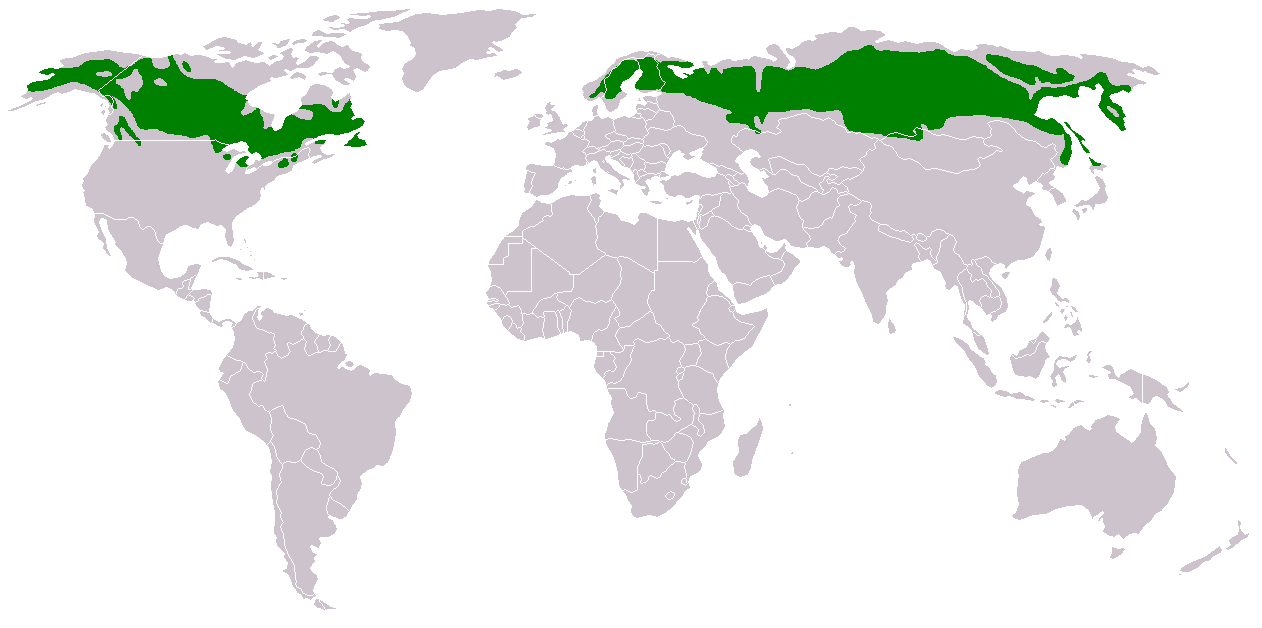
Grasslands are primarily made up of grasses without many trees. This is largely the result of lower levels of precipitation.
Within this group are savannas, which are tropical grasslands near the equator and can support tall grasses but not trees. Savannas have a wet and dry season, and frequent natural fires play a large role in keeping a savanna healthy.
Steppes are another grassland group. They are the opposite of savannas, as they are cold grasslands with little precipitation.
The last subgroup within grasslands is the temperate grasslands, which occur in the dryer areas of the temperate biome latitude.
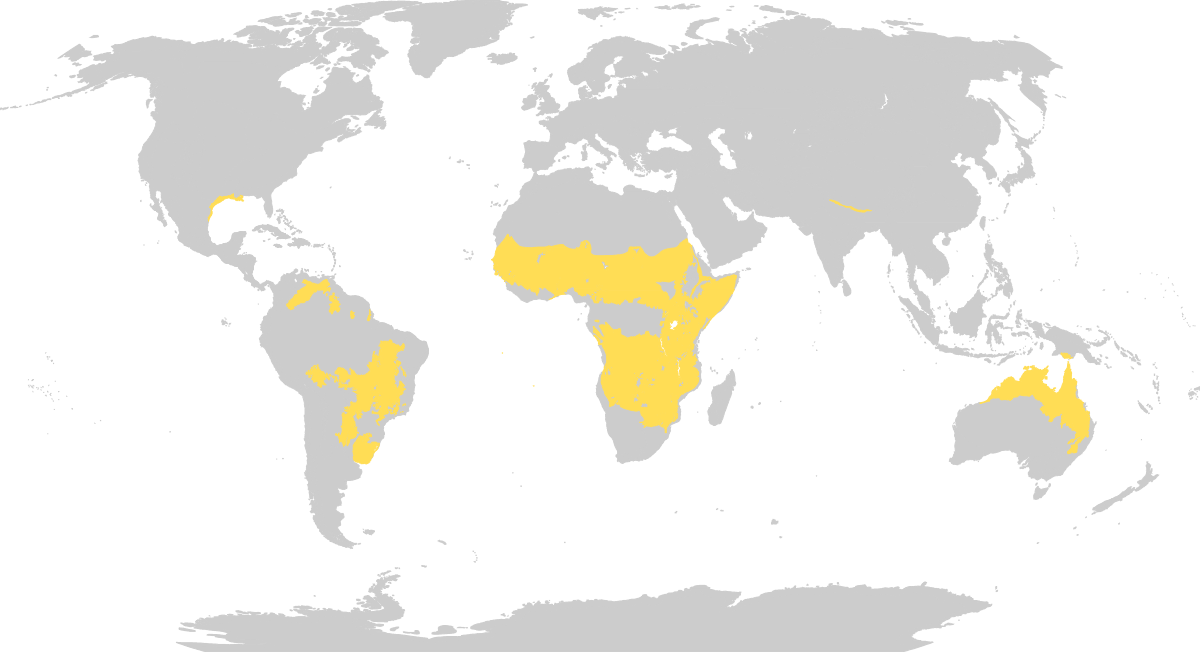
Tundra is the coldest biome category and receives very little rainfall. There is a layer of permafrost where the ground is actually frozen year-round which, when combined with a very short growing season of this biome, makes for low biodiversity. The sparse flora and fauna that do live here have adapted to the harsh conditions.
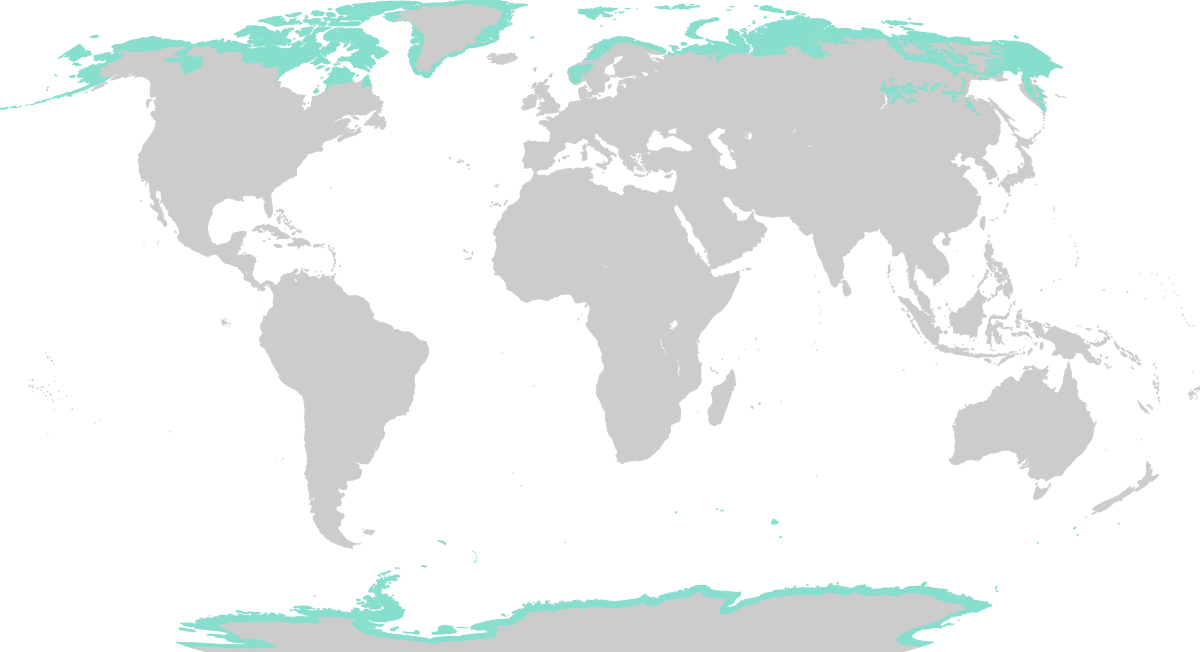
The desert biome has very little precipitation, low biodiversity, and tends to be sandy and rocky. Deserts can be both cold and hot, but always have low levels of precipitation.
High winds leave deserts with little topsoil and low levels of nutrients needed to grow plant life. Plants that can survive grow spines, shallow roots, and evolved waxy surfaces to retain and protect their water.
Desert animals tend to be small and nocturnal to avoid the heat of the day and get most of their water from what they eat.
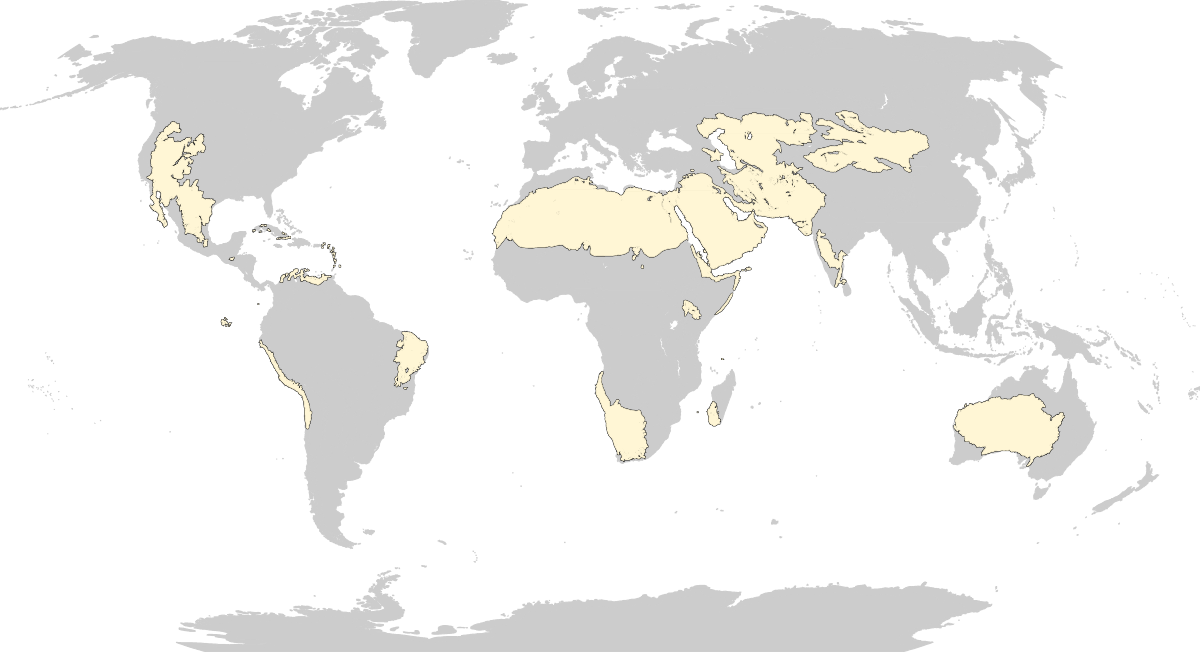
The graph below gives you an idea of how each of the biomes is distributed in relation to temperature and precipitation. At the top of both heat and high precipitation sits the tropical rainforest biome, while at the bottom of both temperature and precipitation is the tundra biome.
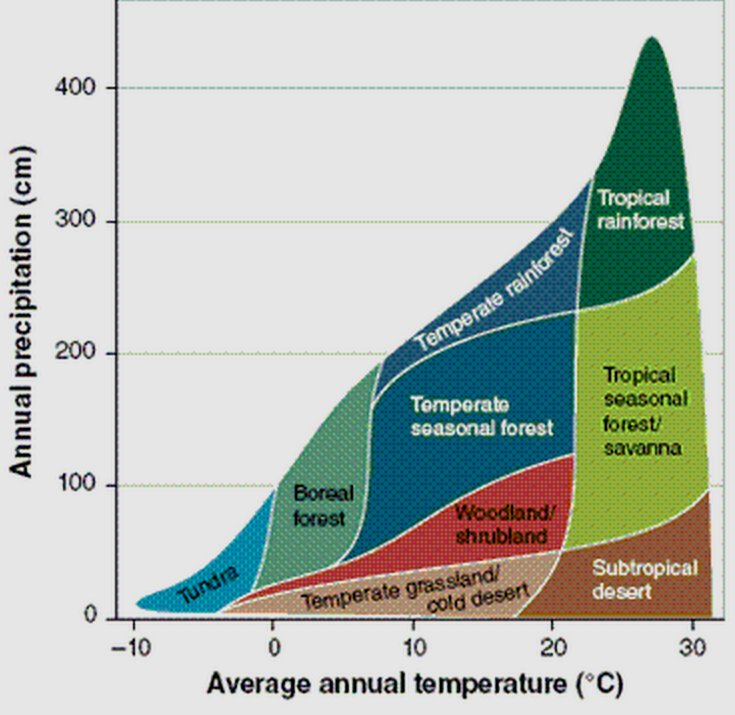
In addition to the biomes we discussed, there are also aquatic biomes. They fall into the following three main categories:
Source: THIS TUTORIAL WAS AUTHORED BY JENSEN MORGAN FOR SOPHIA LEARNING. PLEASE SEE OUR TERMS OF USE.